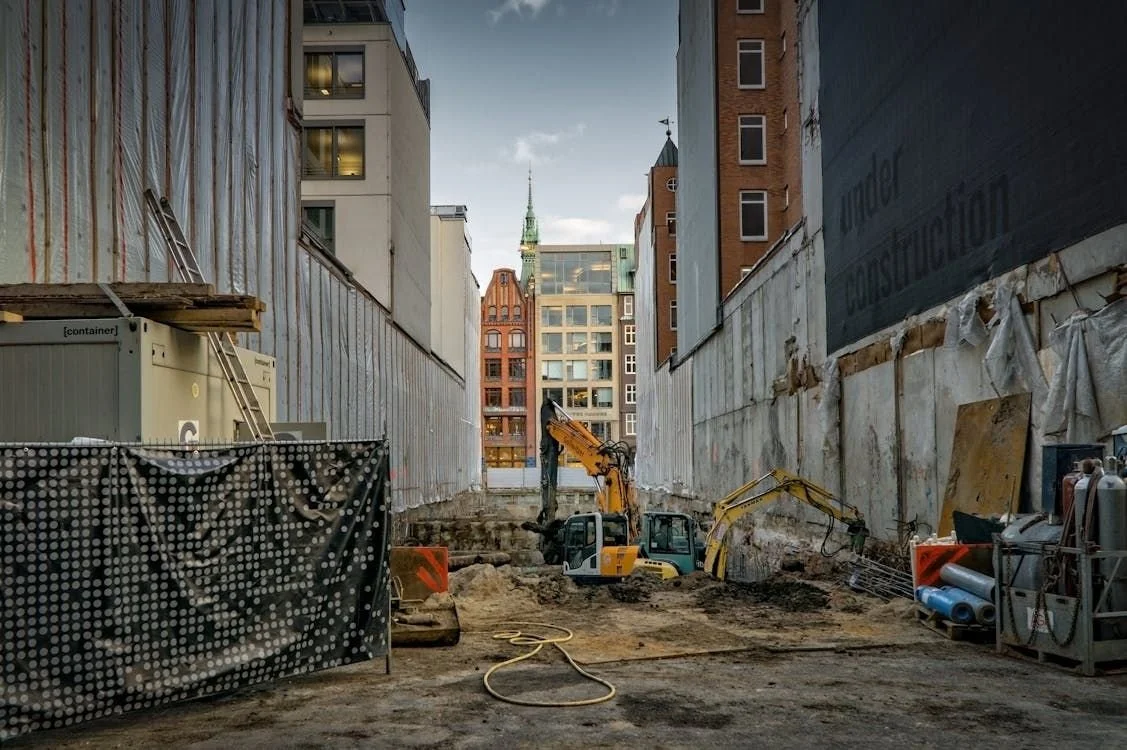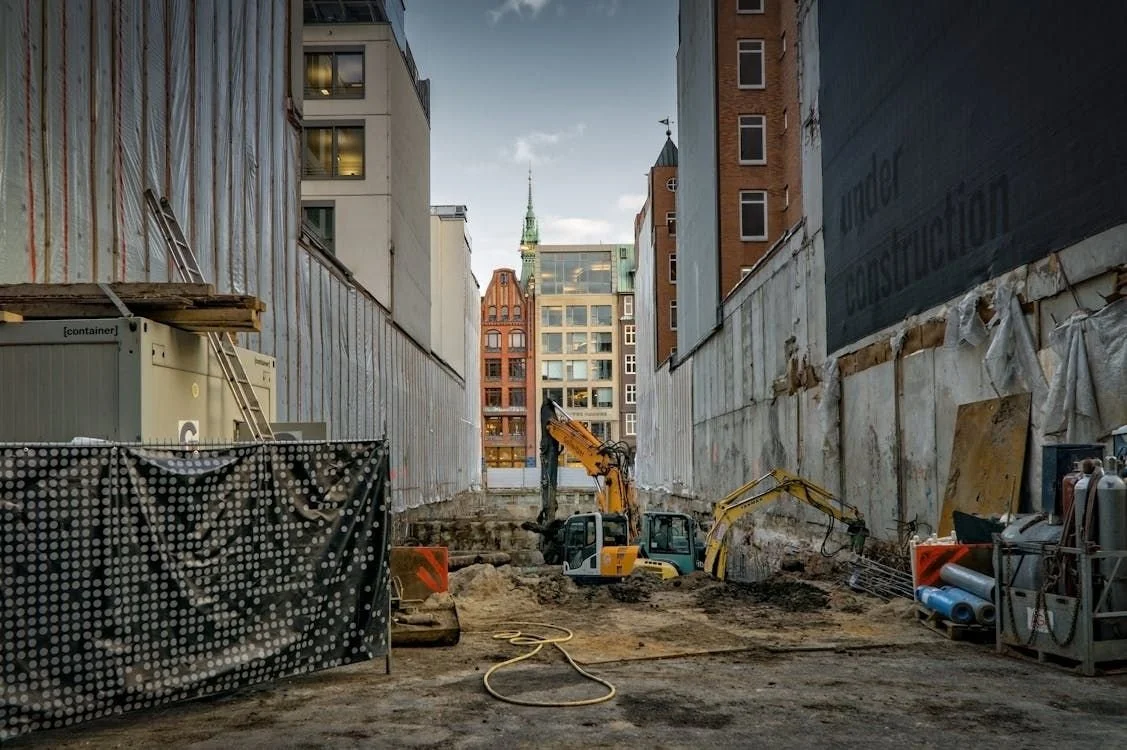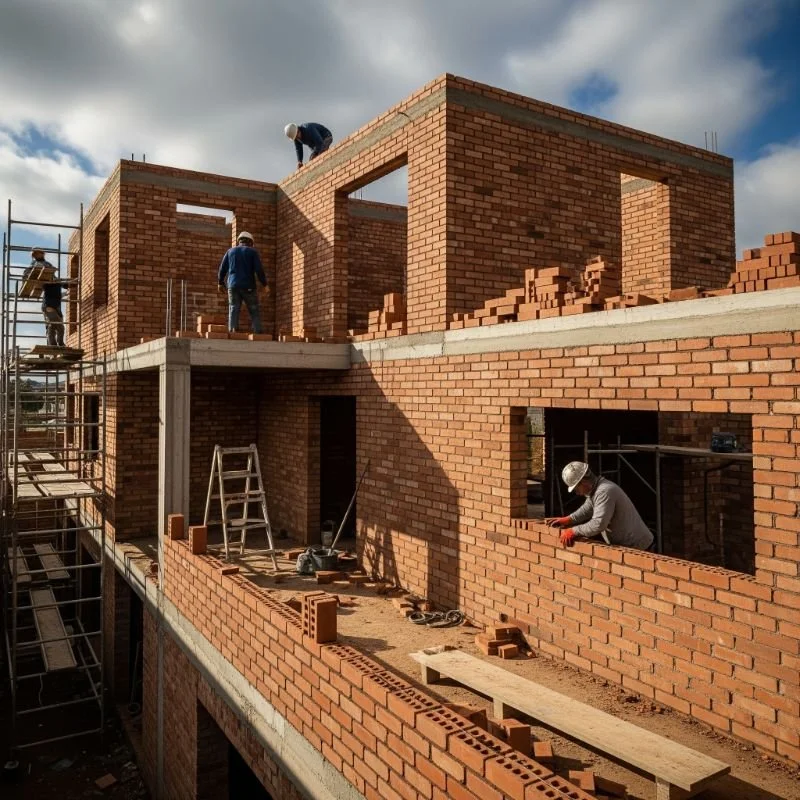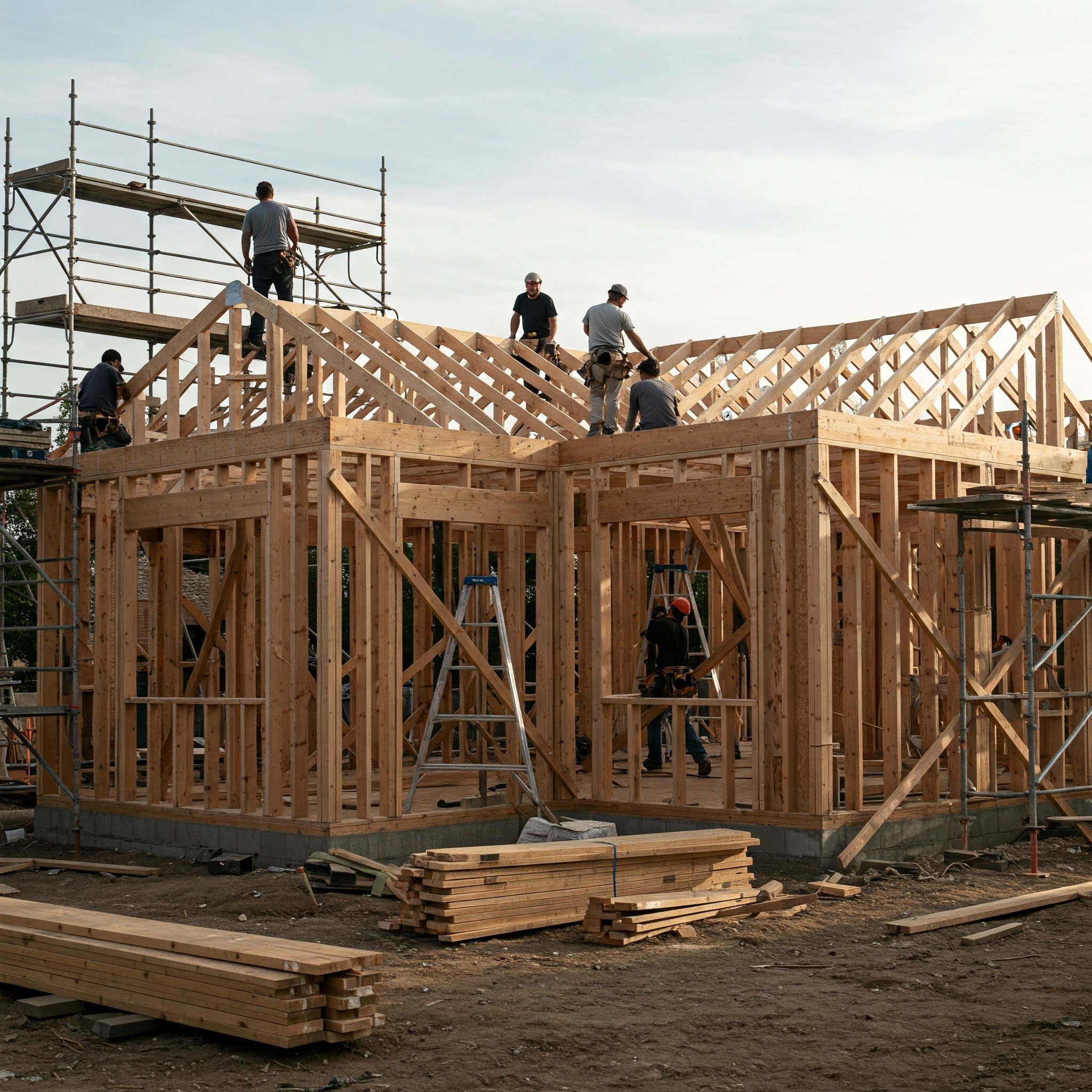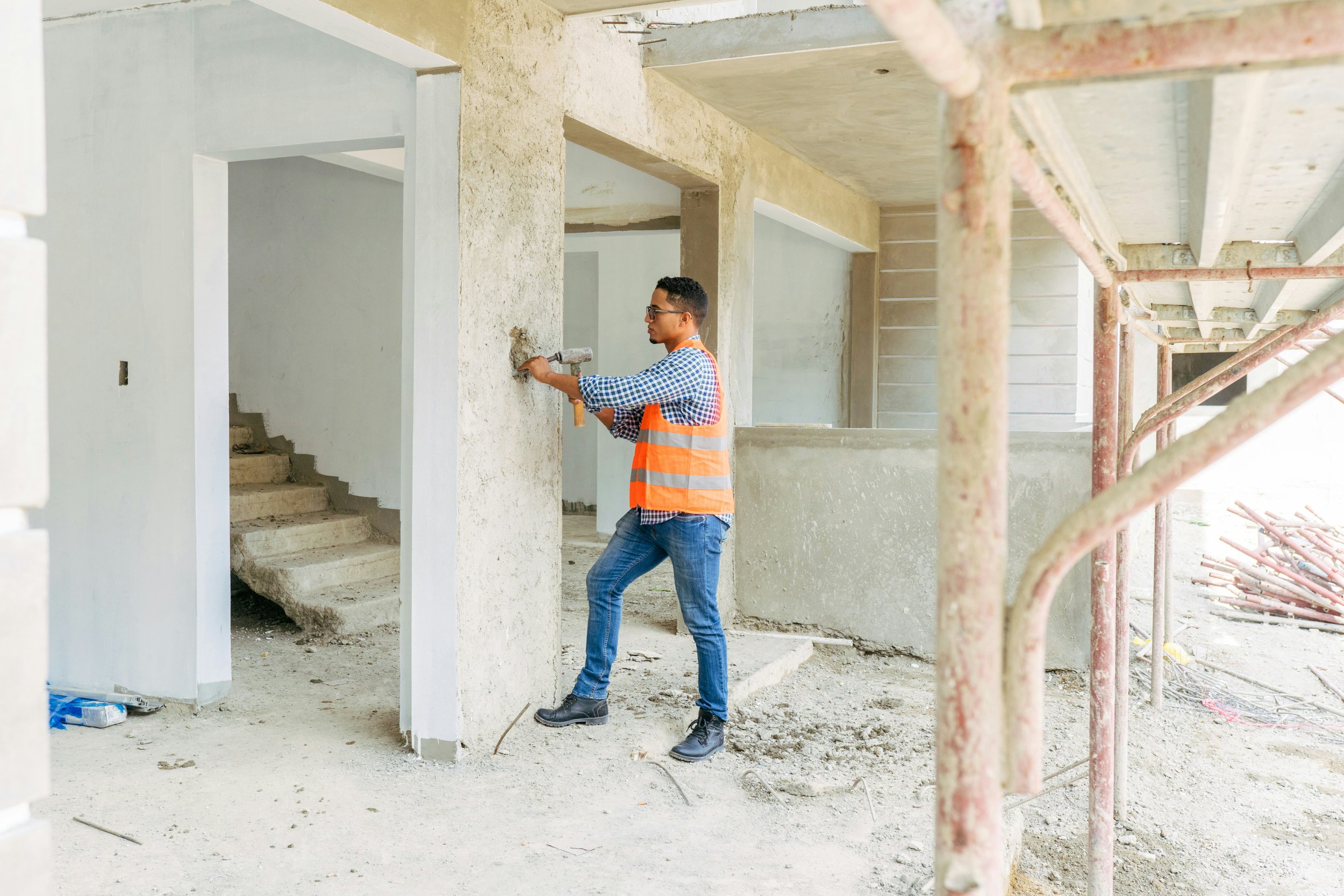Your Renovation Project Shouldn't Be a "Waste" of Money: Here's How to Manage Construction Waste
Avoid overspending on your renovation—learn smart strategies for managing construction waste efficiently and responsibly in your next project.
Renovations bleed cash fastest where you don’t watch: dead time, change orders, and piles of debris you pay to haul, sort, and landfill. Treat waste like a cost center you can actively manage, and suddenly you’re not throwing money down the drain; you’re trimming fat, accelerating timelines, and staying compliant without breaking a sweat.
You don’t need a PhD in sustainability to get this right. You just need a plan that starts on day zero, sets rules everyone on-site can follow, and leverages the newest, low-cost tools that have landed in the past few months—from live-load tracking apps to take‑back programs that actually collect your leftovers at the curb. Measure twice, demo once, and divert as much as you can. Smart planning now means fewer headaches later.
Understanding Construction Waste
Construction waste isn’t one monolithic heap—it’s a portfolio of materials with wildly different costs, risks, and resale value. When you know what’s coming, you can route it to the cheapest (or most profitable) exit and cut costs substantially.
Types You’ll Meet On-Site
Wood offcuts, metal scraps, concrete and masonry, drywall, plastics, packaging, insulation, roofing, wiring, and the odd hazardous guest (paint, solvents, adhesives). Each behaves differently in the bin—and at the recycler. Breaking down this variety helps you decide what’s worth salvaging.
Why Sorting at Source Beats Paying Later
Mixed loads cost more. Facilities charge you to do what you could have done in five labeled bins. Source separation also means recyclers actually want your material, which is why more haulers now offer discounted “clean wood” or “clean metal” pickups when you don’t mix. It’s the difference between paying a premium and receiving discounts in return.
Know the Rules Before You Swing the Hammer
Municipalities are tightening enforcement and increasingly expect diversion plans, carbon reporting per ton hauled, and proper documentation for hazardous waste.
Expect spot checks and digital receipts—many haulers added them in the last quarter to stay competitive and transparent. Being proactive here avoids penalties.
Key benefits of understanding and sorting waste:
Lower disposal costs by separating recyclable materials.
Reduced environmental footprint through proper diversion.
Streamlined site operations due to better organization.
Improved compliance with local and national regulations.
Budgeting for Waste Management
If waste isn’t a line item, it becomes an unpleasant surprise. Price it like any other scope: estimate, benchmark, and control. A solid waste budget means no financial blind spots.
Use project scope and demolition square footage to estimate tonnage or cubic yards. Add a contingency (10–20%) for packaging and unexpected discoveries inside walls. Modern haulers now provide calculators in their apps—use them and update estimates as the project evolves.
Line-Item the Invisible Fees
Container rental, overage charges (by weight or by yard), fuel surcharges, contamination penalties, special permits for street placement, and emergency swaps—all of these add up. Spell them out before you sign anything. It’s better to know the worst-case scenario than be blindsided.
Pick the Pricing Model That Favors You
Weight-based pricing rewards efficient sorting and lighter materials; flat-rate or volume-based is safer when you’re unsure of density.
Some services now bundle diversion reporting and carbon metrics at no extra cost—useful if you’re chasing green building credits or investor transparency. Compare and negotiate to get the best fit.
Budgeting checklist:
Assess estimated waste volumes early.
Identify all hidden costs (permits, surcharges, etc.).
Compare flat-rate vs. weight-based pricing.
Seek services offering built-in diversion metrics.
Smart On-Site Waste Handling
A tidy site is cheaper, faster, and safer. Waste chaos, on the other hand, is how you pay twice for the same mistake. Organizing waste management during active construction is like keeping a tight ship. Scheduling regular pickups with reliable dumpster rental services—especially a roll off dumpster rental - prevents overflow and keeps the site safe.
A tidy site is cheaper, faster, and safer. Waste chaos, on the other hand, is how you pay twice for the same mistake. Organizing waste management during active construction is like keeping a tight ship.
Train the Crew, Fast
Open with a 10-minute toolbox talk on day one. Show photos of what goes where. Appoint a “waste captain” who walks the site daily and corrects misuse. You’re buying discipline; it pays back in lower tipping fees and faster clean-ups.
Schedule Like a Hawk
Missed pickups cascade into delays. Lock in a pickup cadence (e.g., every Tuesday/Friday) and add alerts—most haulers now let you reschedule in-app with live ETA tracking. During demolition weeks, increase frequency to prevent overages and unsafe piles.
Reduce, Reuse, Recycle (and Resell)
The cheapest ton of waste is the one you never create. The second-cheapest is the one someone pays you to take. Building smarter means buying only what you need and leveraging resale opportunities.
Instead of smashing everything to dust, selectively dismantle doors, fixtures, cabinets, brick, and hardwood. Reusing in your project (or the next one) beats paying for disposal. Material passports and inventorying apps—which have quietly improved in the past three months—make this painless and increasingly common.
Tap Marketplaces, Take-Backs, and Charities
Building-supply reuse stores, online resale platforms, and manufacturer take-back programs (especially for flooring, insulation, and fixtures) are expanding. Charitable donations can net you tax deductions—document condition, quantity, and fair market value. It’s not just good karma; it’s good economics.
Measure What You Divert
Track diversion rate (% of total waste that avoids landfill) and cost per diverted ton. A simple spreadsheet or a hauler’s dashboard works. The data proves ROI, helps you negotiate the next project, and keeps regulators off your back.
Choosing Professional Waste Services
DIY works for tiny jobs. Anything beyond that deserves a partner who brings data, compliance, and recycling reach that you don’t have. Selecting the right provider is just as crucial as choosing your contractor.
What a Good Partner Looks Like
Transparent pricing, high documented recycling/diversion rates, digital weight tickets, carbon-per-ton reporting, and the ability to provide clean-stream containers. Bonus points for real-time load tracking and photo verification—forward-thinking haulers increasingly offer both.
Questions That Separate Pros From Pretenders
What’s your average diversion rate for projects like mine?
Do you charge contamination fees, and how do you define contamination?
Can you break out costs by material stream so I can see savings from sorting?
Will you give me monthly diversion and carbon reports without extra fees?
Do you have partnerships with local recycling facilities?
Can you handle hazardous waste with full documentation?
Hybrid = Flexible and Cheaper
Handle the easy streams yourself (clean wood, scrap metal) and outsource the messy or hazardous ones. This blended approach keeps your site lean while avoiding regulatory headaches and reduces total costs.
Conclusion
Renovation waste doesn’t have to be the financial black hole nobody budgets for. When you treat debris like a managed asset—classified, tracked, and optimized—you control costs, reduce risk, and keep your project humming.
Start early, sort ruthlessly, use the tech and services that have matured over the last quarter, and negotiate with data in hand. You’ll spend less, landfill less, and finish faster. That’s not just good stewardship—it’s sharp project management. By extending your focus beyond construction and into waste planning, you give your project the precision edge it needs to succeed.
